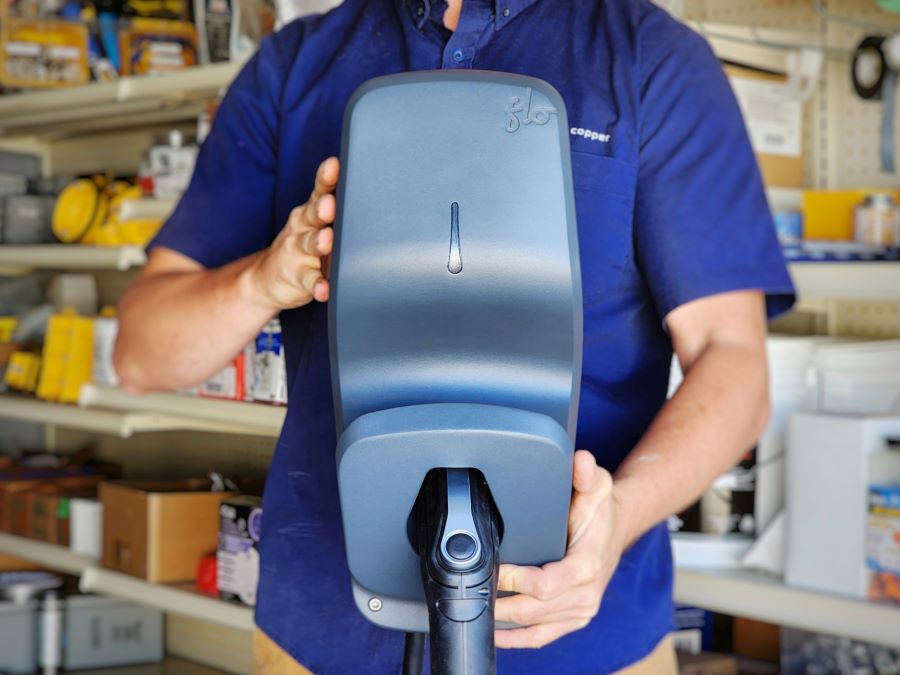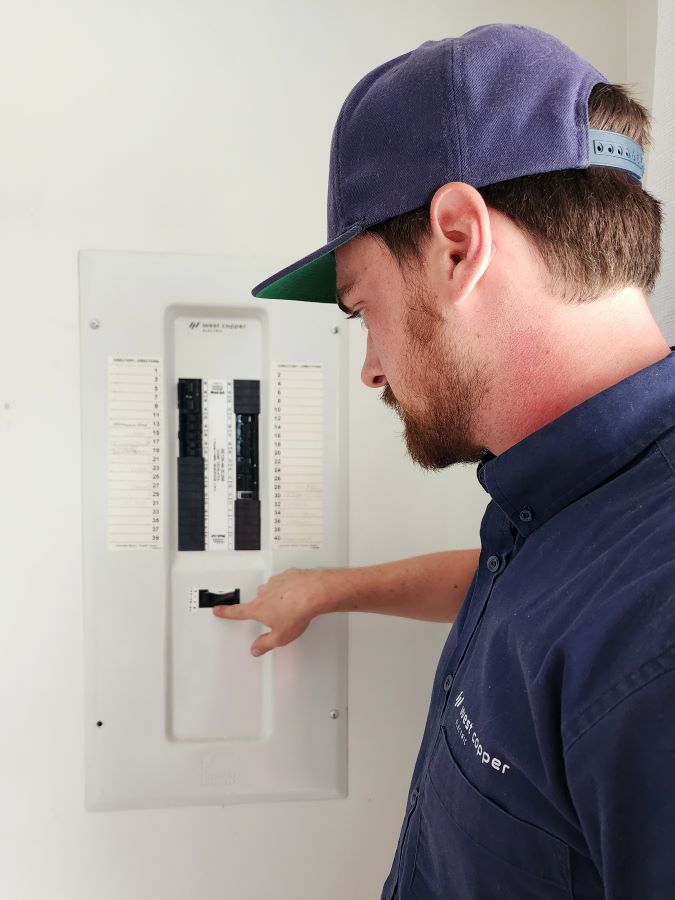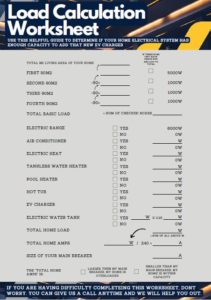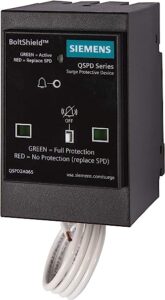This list of commonly overlooked items will help you determine if there is enough space in your electrical system to add the necessary EV Charger to your home. EV charging is a daily task and an essential component of a new EV for your life. EV buyers who overlook these things before purchasing an EV can be surprised to learn that they need to spend unexpected thousands of dollars to increase the size of their electrical system to get a EV Charger.

1. Size of your home’s main circuit breaker
The first thing you are going to check to make sure you can have an EV charger added to your home is the main circuit breaker. This circuit breaker is the source of power for your home, the number printed on the size of it shows the capacity that your home has.
The main circuit breaker can be found on your electrical panel, it is the one with the largest numbers on it, the most common main circuit breaker sizes are:
- 100 Amp
- 125 Amp
- 150 Amp
- 200 Amp
The main circuit breaker is always on its own separated from all the other circuit breakers in your electrical panel.
The size of the main circuit breaker is determined when your home is originally built and as appliances are added and renovations are made the electrical load of your home will change from what was originally determined. Knowing the size of your main circuit breaker is important because this is what will determine if your electrical system has the capacity to add that new EV charger.
The size of the main circuit breaker can not be easily changed so if a new EV charger will put your home over capacity then you will need to do a service upgrade to increase the size of the main circuit breaker, or have a load management system installed to turn the EV charger on/off to control the electrical load of your home.

2. The electrical load of your home
Knowing the size of the main circuit breaker is only half of the picture, next you need to do an electrical load calculation to determine how much electrical power your home is currently using.
Things like hot tubs, heaters, in-floor heat, pools, shops, and additions increase the electrical load of your home.
Completing an electrical load calculation requires some investigation into your appliances, to know the electrical load of the appliances you need to find the manufacturer specifications sticker for each appliance and note it down. It is also important to note down the current living floor area of your home, which will include any additions made.
In most cases a licensed electrician will do an electrical load calculation on your home before doing any work, but if you’re not ready to call an electrician and just want to figure this out before you buy your car we have created a helpful pdf load calculation worksheet for you. This is totally something a homeowner can do and our worksheet will walk you through each step and item that needs to be recorded.
Once you figure out what the electrical load of your home is by using the load calculation worksheet you can compare with your main circuit breaker, if the load of your home is over the size of your main breaker you will need to do some further upgrades, if the load of your home is under the main circuit breaker size then congratulations you can add that new charger!
3. Location of your charger
The location of the EV charger is something we spend the most time with our clients on.
Because you will be using your charger on a daily basis, in most cases multiple times per day it is really important to make sure that we put the charger in a location where it is the most convenient for you to use.
Take some time in the garage with anyone else who will be using the EV and go over these four things. Talk it over lots, pretend to plug in your car, and hang up the charger and cord. The more times you run through this the better an idea you will have on where exactly is the best place to put the charger.
- Do you pull in or back in
- What way do you walk around your car
- Will you have multiple EV’s to charge
- Where is the charging port on the car you are getting
A helpful tip; when planning for your new EV charger, make sure to think in the long term, 10+ years. This EV charger is going to be in your home for a long time and it will be one of the most used items in your home. Make sure that any life changes won’t end up costing you by needing to relocate your EV charger.
Get your free Load Calculation PDF download here!



